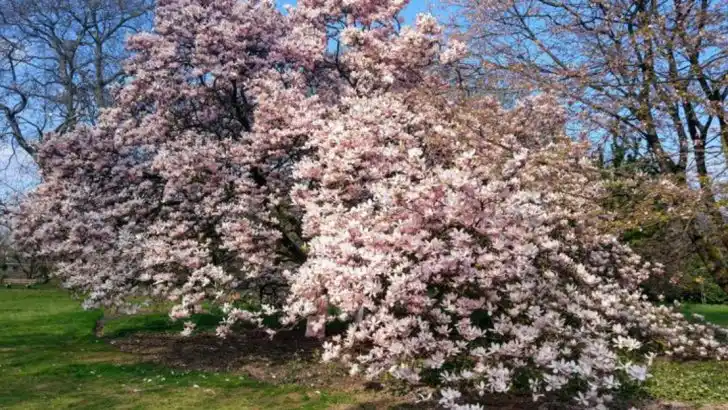Size doesn’t equal presence—sometimes the real showstoppers stand small. These petite performers pack more personality per inch than their towering cousins. They twist, flare, and flaunt color where you least expect it. No backyard is too tiny for headline-making drama. Imagine a coral blaze of blossoms above eye level… Or delicate, lacy foliage that dances in the breeze… A sculptural trunk you can wrap your arm around… All without blocking the view or crowding your patio. They’re perfect for containers, hidden corners, and tight city lots. They lend height without the hassle of pruning skyscrapers. They set season-long stages for birds, bees, and backyard brunches. Ready to meet the 16 small trees that make big statements? Scroll down and discover the compact stars that steal the spotlight every time.
Japanese Maple
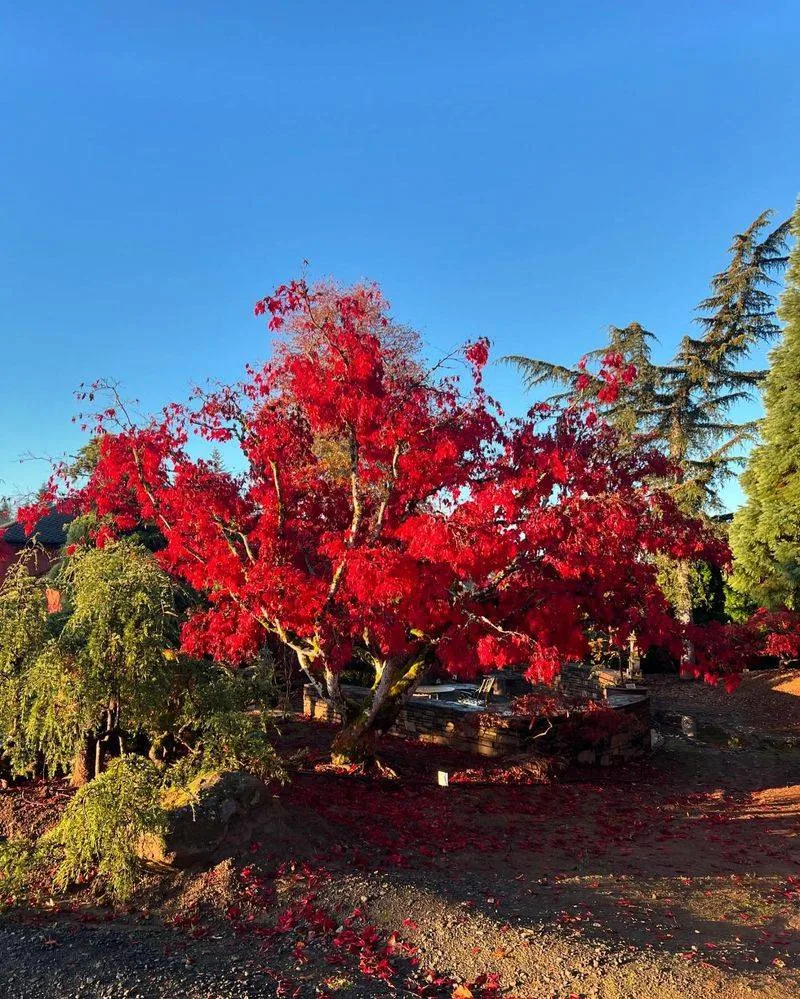
The Japanese Maple, with its delicate, lacy leaves, is a visual masterpiece. In autumn, it transforms into a blaze of red and orange, offering a stunning display of color. This tree is perfect for adding a touch of elegance to any garden. Its gentle size and graceful branches create a peaceful atmosphere, inviting you to pause and admire its beauty. Japanese Maples thrive in partial shade, making them ideal for diverse garden settings. A symbol of peace and serenity, this tree is a true garden treasure. Did you know? They’re native to Japan, Korea, and China.
Redbud
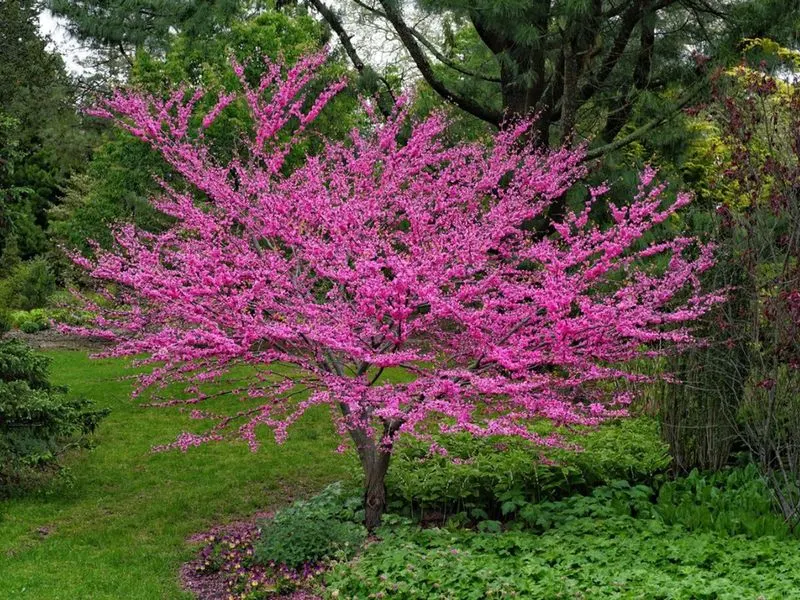
Redbud trees herald the arrival of spring with a burst of pink flowers that adorn bare branches. These blossoms are a feast for the eyes, creating a vivid splash of color in any outdoor space. As the season progresses, heart-shaped leaves emerge, adding a new layer of charm. Redbuds are perfect for smaller gardens, offering beauty without overwhelming the area. Their ability to thrive in a variety of soils makes them versatile and easy to care for. Fun fact: Native Americans used its bark and roots for medicinal purposes, showcasing its historical significance.
Dogwood
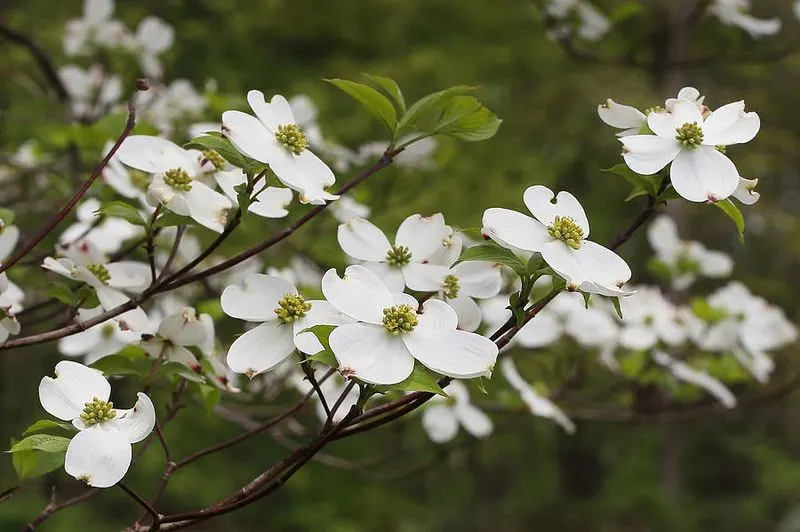
Dogwoods are beloved for their stunning blossoms, which range from pure white to soft pink. These trees are a springtime favorite, turning any garden into a floral wonderland. The flowers give way to lush green leaves, providing shade and privacy throughout the summer. Dogwoods are adaptable, thriving in both sun and shade, making them a versatile choice for any landscape. Their bright red berries in the fall attract birds, adding life and movement to your garden. Did you know? Dogwood wood is incredibly dense and was historically used for tool handles.
Hawthorn
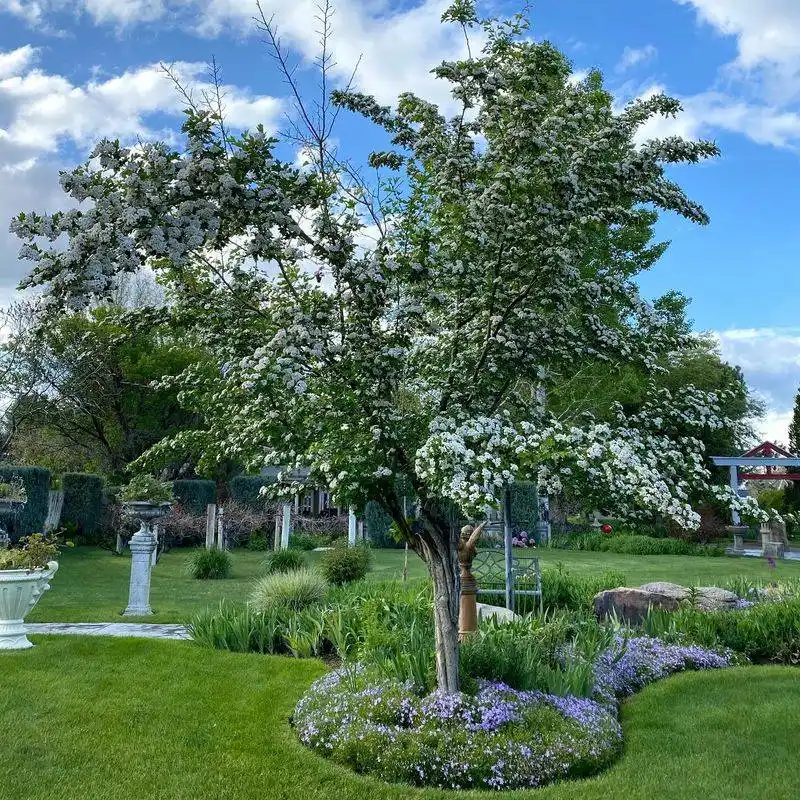
Hawthorn trees are a symbol of protection and strength, with their thorny branches and vibrant red berries. These compact trees are perfect for hedging, creating natural barriers in your garden. In spring, they produce clusters of white flowers, adding a touch of romance to your landscape. Hawthorns are hardy and resilient, thriving in various climates and conditions. Their berries are not only visually appealing but also attract wildlife, making your garden a lively sanctuary. Did you know? Hawthorn berries are used in traditional medicine to support heart health.
Crabapple
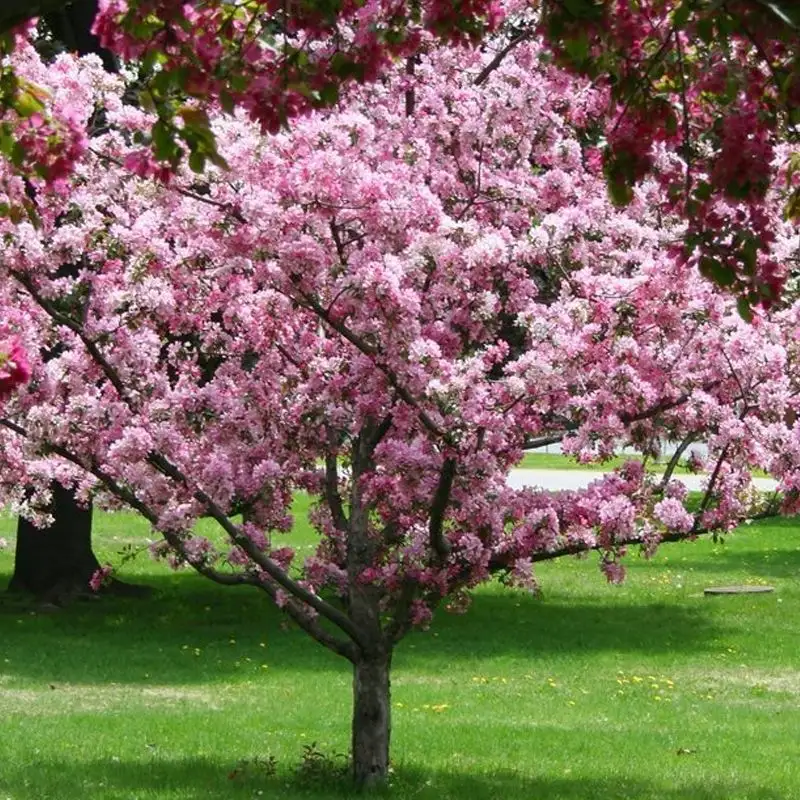
Crabapple trees are a delight to the senses with their enchanting spring blossoms. The pink and white flowers create a picturesque scene, perfect for any garden. As summer progresses, their small, colorful fruits attract birds, adding a joyful atmosphere to your space. These trees are easy to care for and can adapt to various soil types, making them a gardener’s favorite. Their vibrant autumn foliage provides a final burst of color before winter. Fun fact: Crabapples have been cultivated for over a thousand years, primarily for their ornamental value.
Magnolia
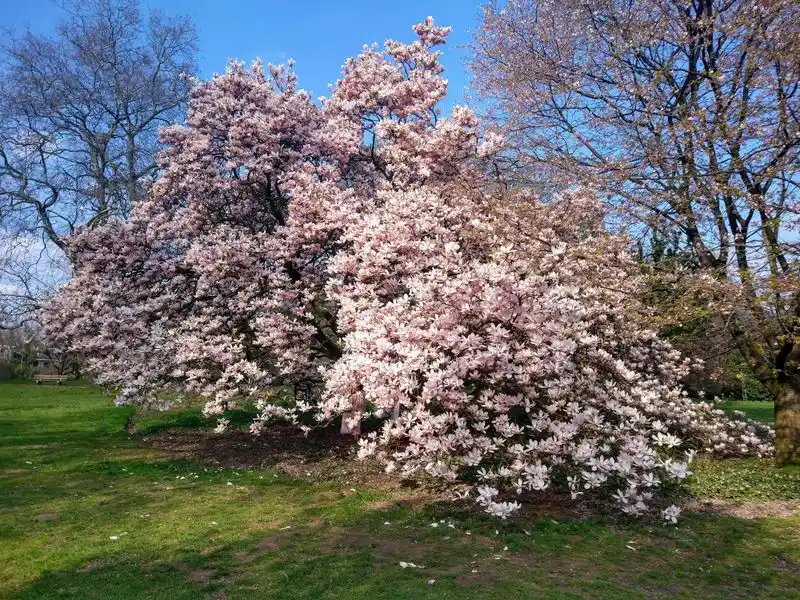
Magnolia trees boast large, fragrant blooms that captivate the senses. Their flowers range from pure white to soft pink, offering a stunning visual display. These trees embody elegance and grace, making them a standout feature in any garden. Magnolias prefer sunny locations, where their glossy green leaves can glisten in the sunlight. As a symbol of beauty and perseverance, they add a touch of Southern charm to your landscape. Did you know? Magnolias are ancient plants, dating back millions of years, with fossils found across the globe.
Olive
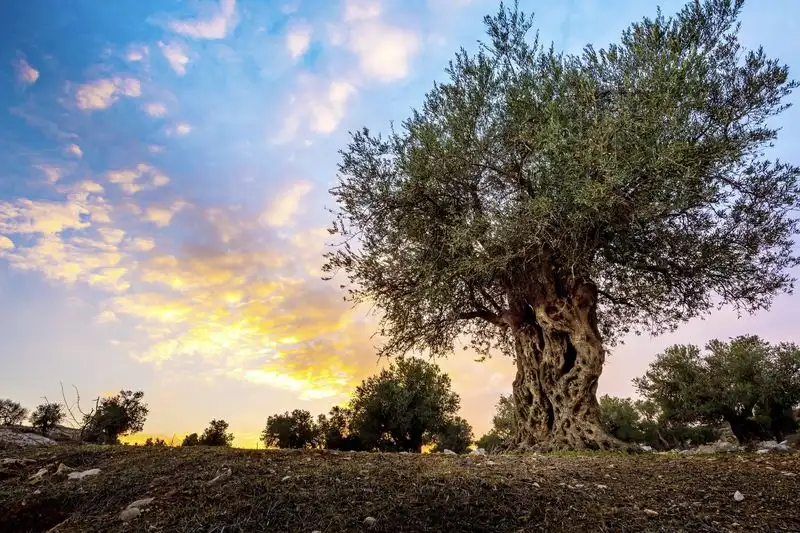
Olive trees, with their silvery leaves and gnarled trunks, evoke images of sun-drenched Mediterranean landscapes. These trees are not only ornamental but also produce the beloved olives. Perfect for warm climates, they thrive in sunny spots and well-drained soil. Olive trees are symbols of peace and prosperity, adding a touch of history and culture to your garden. Their resilience and longevity make them a cherished addition to any outdoor space. Did you know? Olive trees can live for hundreds of years, with some ancient specimens still producing fruit today.
Japanese Cherry
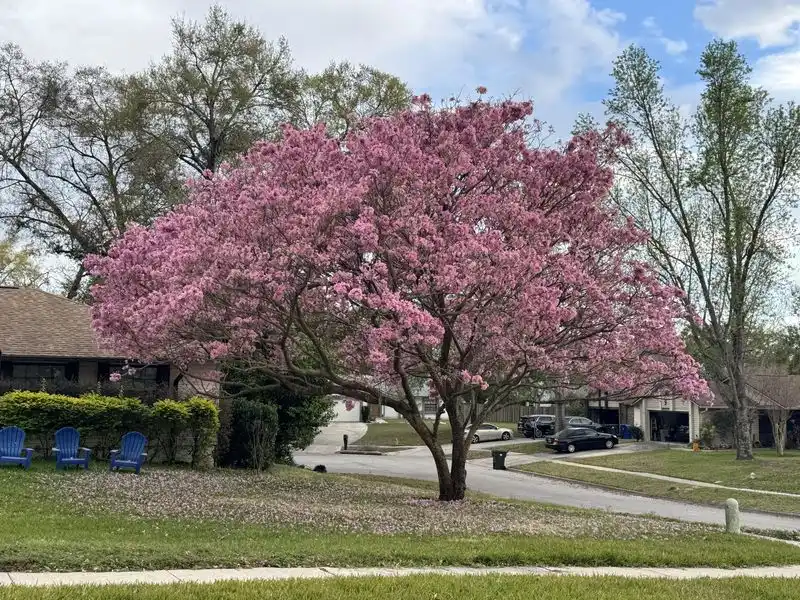
Japanese Cherry trees are synonymous with the fleeting beauty of spring. Their delicate pink blossoms, known as sakura, create a breathtaking canopy of color. These trees are celebrated worldwide during cherry blossom festivals, symbolizing renewal and the beauty of life. Ideal for small gardens, they bring a sense of peace and tranquility. Japanese Cherry trees prefer sunny locations and well-drained soil, where they can flourish. Their brief blooming period makes them all the more special, inviting visitors to appreciate their transient beauty. Fun fact: Japan gifted these trees to many countries as a symbol of friendship.
Amelanchier
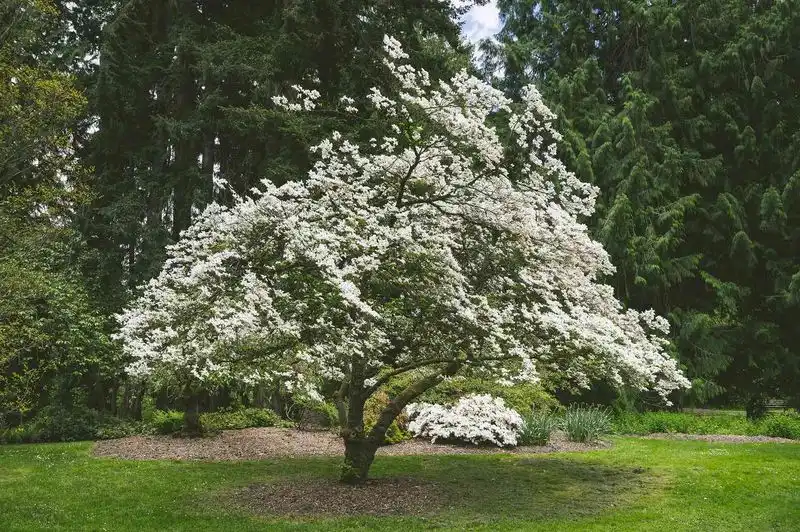
Amelanchier trees, also known as serviceberries, offer a multi-seasonal appeal. In spring, they produce white blossoms that light up the landscape. As summer approaches, the flowers give way to dark, edible berries that are loved by birds and humans alike. Their autumn foliage is a riot of color, adding another layer of beauty. These trees are adaptable, thriving in sun or partial shade, making them suitable for various garden styles. Did you know? Serviceberries were a crucial food source for Native Americans, who dried the berries for use in pemmican.
Paperbark Maple
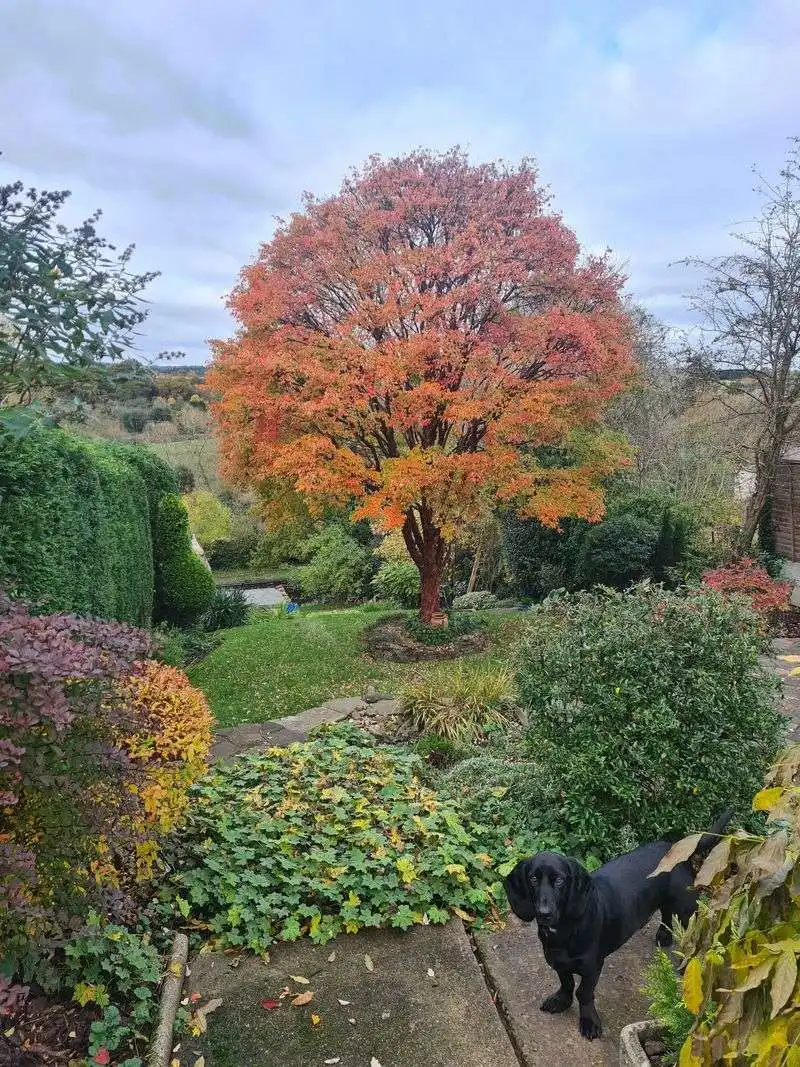
The Paperbark Maple is a visual delight with its unique peeling bark and vibrant autumn foliage. Its cinnamon-colored bark adds texture and interest, while the fiery red leaves in fall create a striking contrast. These trees are perfect for adding a touch of the exotic to your garden. They thrive in both sun and partial shade, offering flexibility in planting locations. A native of China, the Paperbark Maple is a symbol of resilience and beauty. Did you know? Their bark was historically used for crafting and medicinal purposes, highlighting their versatility.
Lilac
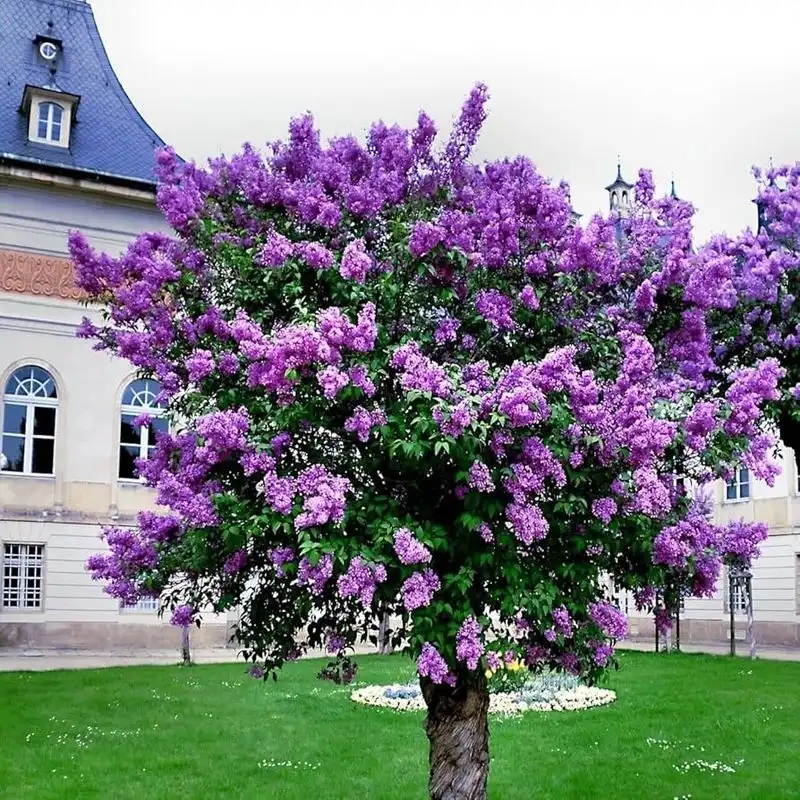
Lilac trees enchant with their clusters of fragrant, purple flowers. Their blooms are a harbinger of spring, filling the air with a sweet, intoxicating scent. Lilacs are perfect for small gardens, offering both beauty and fragrance. They thrive in sunny locations and well-drained soil, where they can reach their full potential. These trees are a symbol of love and renewal, making them a cherished addition to any landscape. Did you know? Lilacs were brought to America by European settlers in the 17th century, spreading their delightful fragrance across the continent.
Red Buckeye
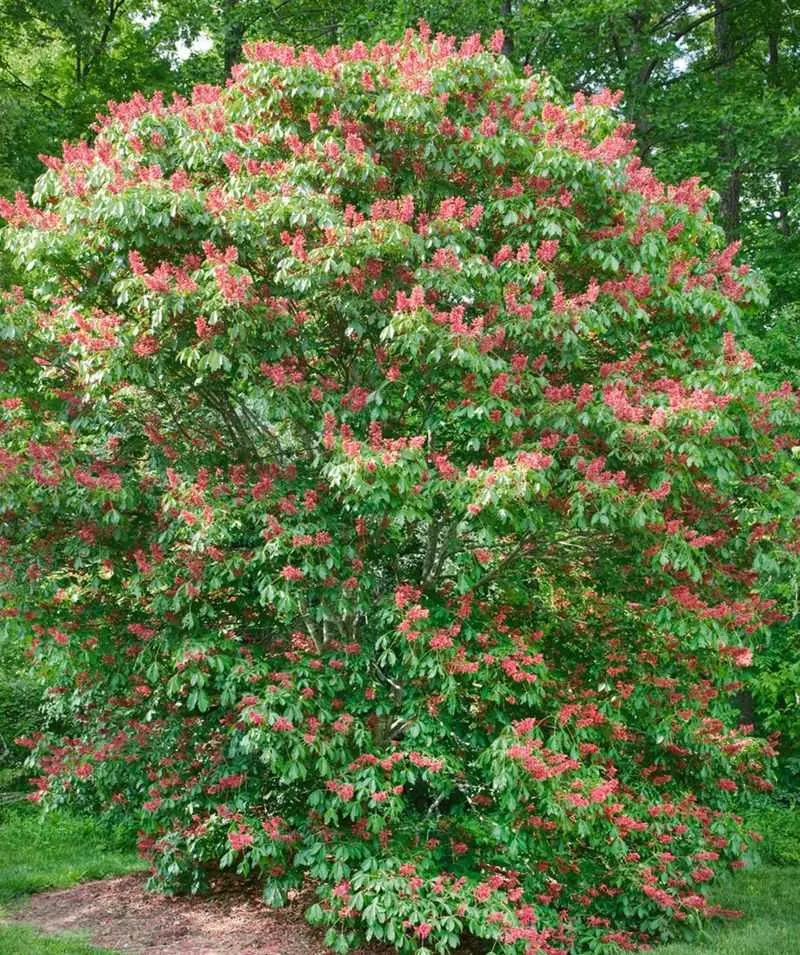
Red Buckeye trees are a burst of energy with their vibrant red tubular flowers. These striking blooms attract hummingbirds, adding life and movement to your garden. Ideal for smaller spaces, Red Buckeyes thrive in partial shade and provide a lush, green backdrop throughout the spring and summer. Their adaptability makes them a favorite among gardeners seeking low-maintenance beauty. Fun fact: The seeds of the Red Buckeye are toxic if ingested, a unique characteristic that differentiates it from other ornamental trees.
Smoke Tree
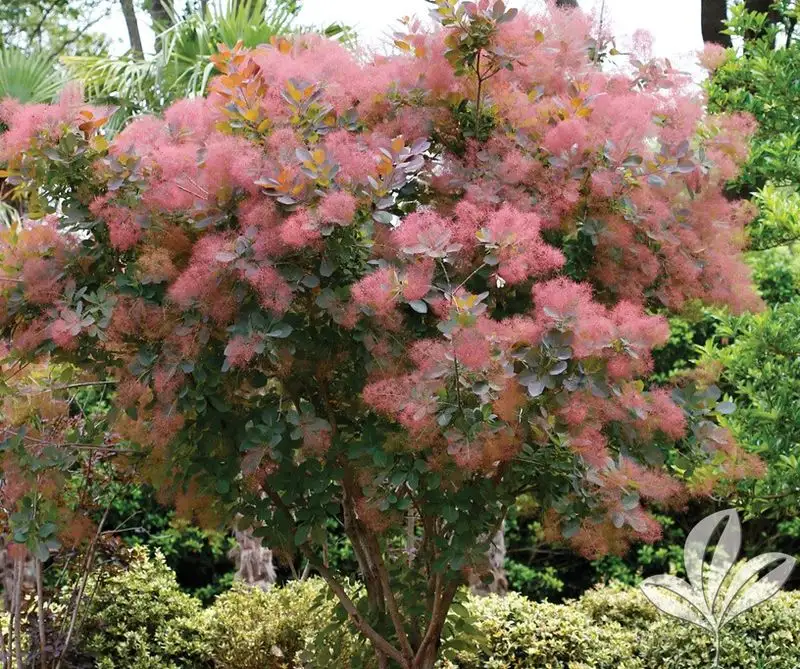
Smoke Trees captivate with their ethereal, smoke-like pink plumes that appear in late spring. These unique flowers give the tree its name, creating a mystical aura in your garden. As the seasons change, the tree’s foliage turns shades of purple and red, maintaining visual interest year-round. Smoke Trees are perfect for sunny locations and require minimal care, making them an easy choice for gardeners seeking drama without the hassle. Did you know? The bark of the Smoke Tree has been used to produce dyes, showcasing its practical uses beyond ornamental value.
Stewartia

Stewartia trees are a hidden gem with their camellia-like white flowers and smooth, peeling bark. These trees offer beauty throughout the year, with elegant blossoms in summer and vibrant foliage in autumn. Stewartias are ideal for those seeking a unique addition to their garden, thriving in partial shade and well-drained soil. Their delicate flowers and striking bark create a sense of understated elegance. Did you know? Stewartias are related to camellias and share their love for temperate climates, making them a perfect choice for similar garden settings.
Mimosa
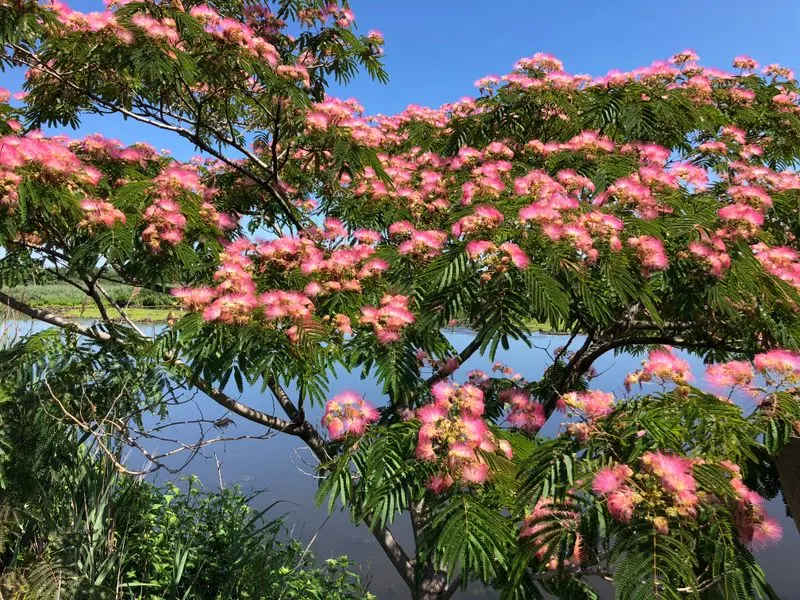
Mimosa trees, with their feathery pink blooms and fern-like leaves, add a touch of the exotic to any garden. These trees are known for their rapid growth and ability to thrive in warm climates. The delicate flowers attract butterflies and hummingbirds, turning your outdoor space into a lively haven. Mimosas prefer sunny locations and well-drained soil, where they can grow to their full potential. Despite their fragile appearance, they are resilient and easy to care for. Fun fact: Mimosas are native to Asia and were introduced to the Americas in the 18th century.
Kousa Dogwood
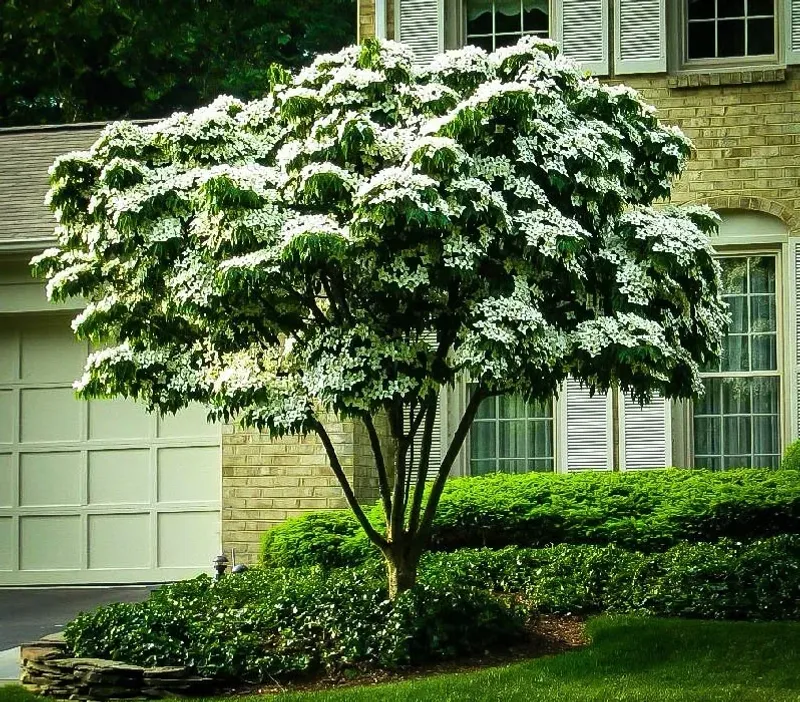
With its captivating star-shaped flowers, the Kousa Dogwood is a true garden delight. In spring, the tree bursts into a spectacular display of white blooms that gracefully adorn its branches. Each petal seems to dance in the breeze, creating a vision of elegance.
As the seasons shift, the foliage transforms into a tapestry of rich reds and purples, making it a year-round star. This hardy tree is perfect for smaller gardens, offering a stunning visual impact. Did you know? The Kousa Dogwood is native to Asia, adding an exotic touch to your landscape.

